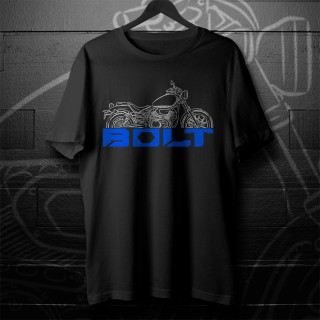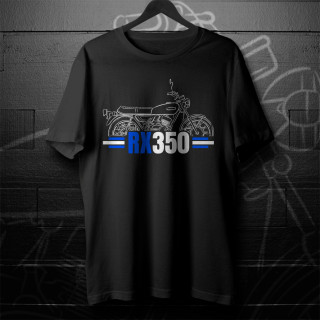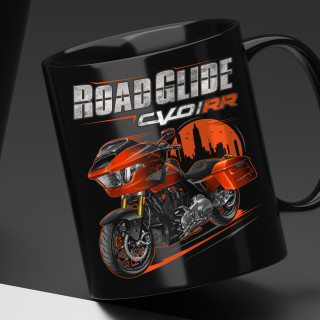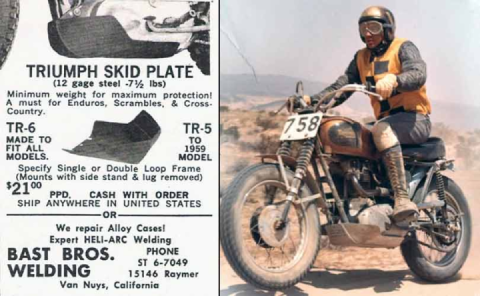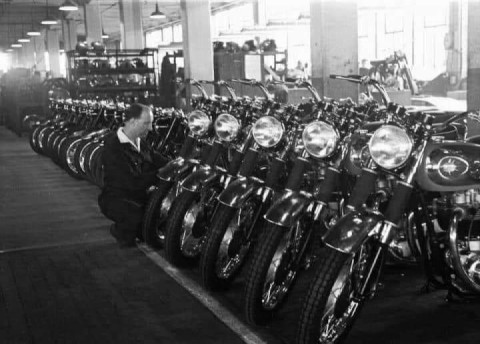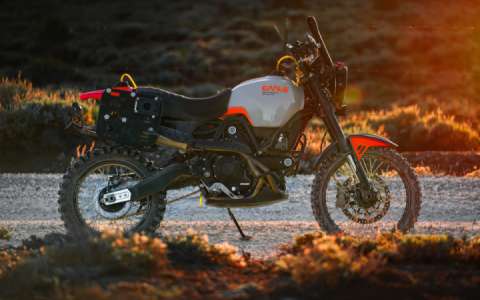The BSA Hornet was one of a few factory built “desert sleds” released in the 1950s and 60s by British motorcycle manufacturers specifically for the American market – where off-road motorcycle racing was a rapidly growing sport.

Perhaps the most famous of the desert sled racers was Steve McQueen, who often raced under the pseudonym Harvey Mushman to avoid giving away his identity. McQueen would include the BSA Hornet in an article he wrote for Popular Science magazine in 1966 about off road bikes.
1966: The BSA Hornet Desert Sled Arrives
The BSA Hornet was a very closely related successor to the BSA Spitfire Hornet which had been first released in 1964. The Spitfire Hornet was developed in Britain but it would never be sold there, it was a motorcycle intended for the booming off road “desert sled” craze in the United States.

Triumph was the largest player in the California desert racing scene in the 1960s, the Triumph TR6C was the most successful motorcycle in its class and it inspired the creation of many competitors including the likes of the Norton P11, Matchless G15CS, and the BSA Spitfire Hornet.
The Spitfire Hornet had been built from a blank slate specifically for off road racing, desert racing in particular. It had a tubular steel frame, a small gas tank, high and wide braced handlebars so riders could stand and ride over rough terrain, fork gaiters, dual rear shock absorbers, a thickly padded seat, a high performance camshaft, and high compression pistons.
There was no attempt to make the Spitfire Hornet road legal, it came without a headlight or taillight and it was fitted with straight exhaust pipes with no muffler. Some riders did add these missing items and get them licensed, but most seem to have been kept in racing trim.
In 1966 the model was updated and the model name changed to just BSA Hornet, sans-Spitfire. These upgraded models got higher performance cams and higher compression pistons, the gear ratios were brought closer together for better sprint acceleration, and the brakes received cooling fins to help their performance in the heat of desert competition.

By the late 1960s the lightweight two-stroke off road racing motorcycles made by the likes of Husqvarna were starting to show signs of what would become total dominance by the turn of the decade.
As a result of this the BSA Hornet was kept in production only from 1966 to 1967, it was discontinued for 1968.

Today the surviving examples of the model, the ones that weren’t wrecked in the desert or left to rust in a backyard somewhere, are seeing their prices increase as interest in both classic and off road motorcycling continues to climb.

The BSA Hornet Shown Here
The& BSA Hornet you see here is from the final year of production, 1967, and it’s been fitted with a few items to ensure it’s road legal – in this case just a headlight and taillight with the exhaust remaining unmuffled.
In 2016 this Hornet was imported back into Britain and road registered, it then competed in the& Milano Taranto 1,500 Km Rally in 2018 and it was set up to take part in the 2021 Malle Mile, but ultimately didn’t attend in the end.
It’s now being offered for sale out of Bristol in the United Kingdom from a small private collection of motorcycles. If you’d like to read more about it or register to bid you can visit the listing here on Collecting Cars.
Credit:& silodrome

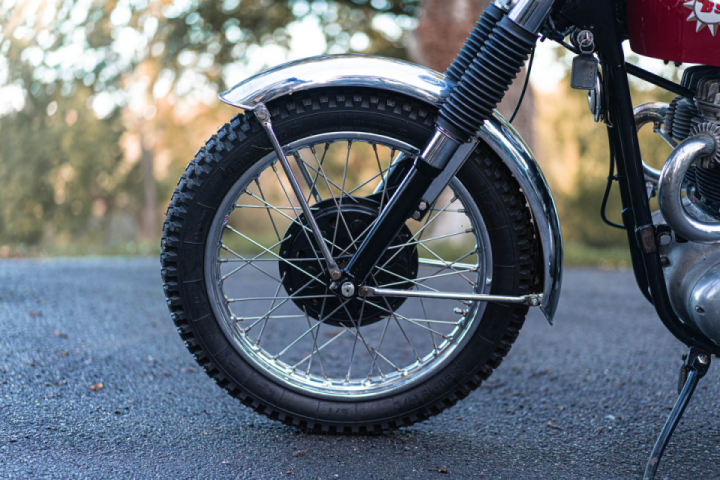



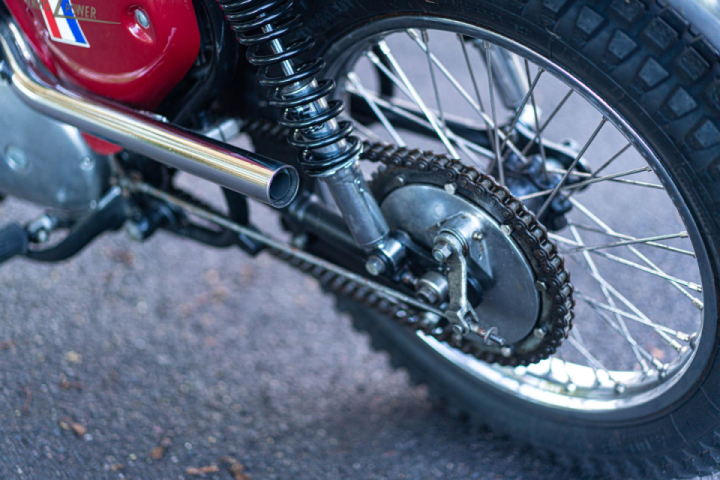



#Custom #BSA #Moto #Bike #Classic




